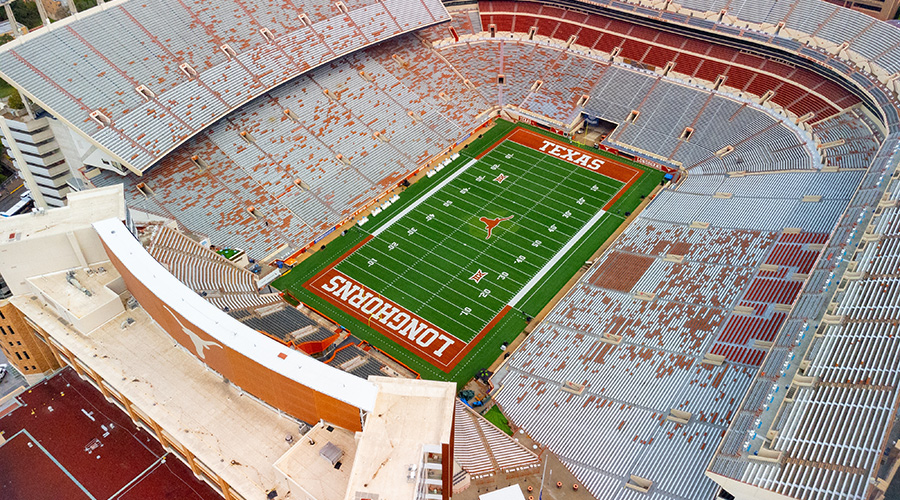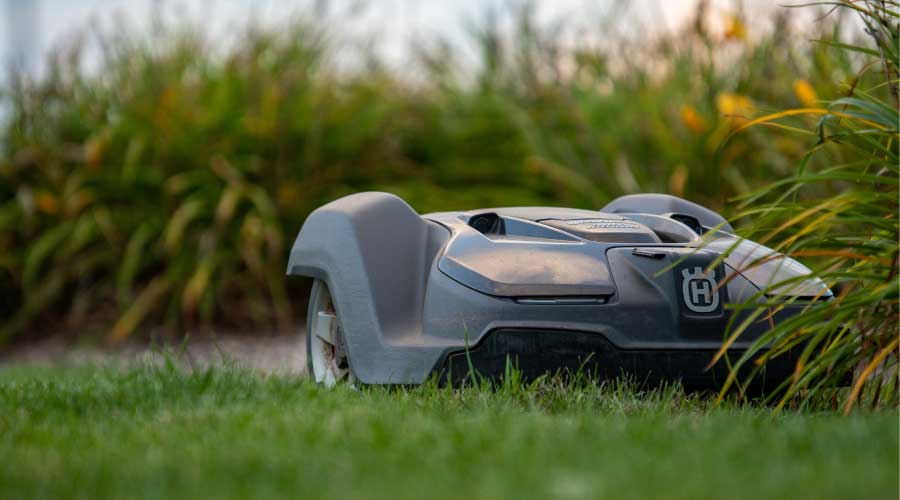Considering Electric Utility Vehicles
Maintenance managers and their staffs have come to rely on utility vehicles for a host of duties around institutional and commercial facilities. From moving people and materials to performing grounds care tasks, the vehicles have become all-purpose, ever-flexible tools of facilities maintenance and grounds care.
Recent years have seen the introduction of one more variable in the equation — the power source. Now, in addition to sorting through options for utility vehicles and golf carts that include cost, size, speed, horsepower, capacity, and attachments, managers also must decide whether they would like the vehicle to be gasoline powered or operate on an alternative fuel source. Among the more popular choices in the latter category are electric utility vehicles.
The challenge now is even more complex as manufacturers continue to roll out new models of electric vehicles and their smaller relatives, electric golf carts. But for managers considering the move to electric vehicles, understanding equipment options is only part of the process.
Entering the Market
Maintenance and grounds departments first gave serious consideration to electric vehicles — whether utility vehicles or golf carts — in the last decade. A growing number of managers wanted reliable vehicles that would address both their organizations' sustainability demands and their departments' needs to cut fuel costs.
"We purchased the first one in 2006," says Edward Benson, fleet and logistics coordinator with Salt Lake Community College in Salt Lake City, Utah. "We got the first one for our material-handling department, which is central receiving. We liked it pretty well. It was good for winter-time use and for the rest of the year." The department has six electric utility vehicles and four electric golf carts.
Steve Spradling, director of physical plant and construction with Stark State University in North Canton, Ohio, jumped into the electric vehicle market three years ago.
"We have two electric golf carts for grounds, five for maintenance and two for our security department," Spradling says, adding the department uses the carts for transportation around campus, trash collection, and patrolling the parking lots by the security department.
Electric vehicles are designed to meet several important goals of institutional and commercial facilities. Enhancing sustainability is one such goal.
"The electric golf carts were quiet, and we wanted to go with electric carts to bring more visibility to our department's sustainability initiatives," Spradling says.
While Benson had other motivations for making the move, green was a priority.
"We had some old vehicles that needed to be replaced, but I think it was more an issue of sustainability and making correct choices to be more green," he says. "So I went to a conference to check it out and came back with a good report. We have not regretted it since then.
"From then on, we purchased two more for parking services a year and a half or two years later. And we just got done purchasing two more for our other campus. They've been good vehicles for us, as far as the mail-carrier services and the central-receiving use. We also use them for recycling."
But as with any product, electric vehicles do not meet everybody's needs and expectations.
"As a preference to our grounds folks, we've stuck to utility vehicles that are gasoline powered (for them), says Bob Askerlund, assistant vice president of facilities services with Salt Lake Community College. "They prefer (gasoline-powered vehicles) over the electric, just because of the capacity. Also, a lot times, they're off road, so (gasoline-powered vehicles) have a little bit more capability, whereas the electric vehicles we own are pretty much designed for hard surfaces."
Related Topics:















